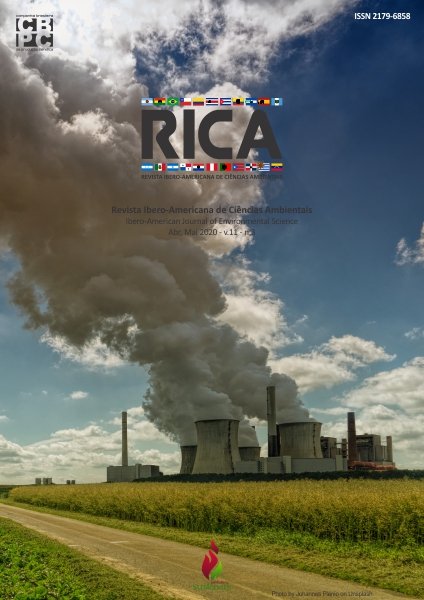Morphophysiological indices and chlorophyll of mint pepper plants cultivated under different cultivation systems
DOI:
https://doi.org/10.6008/CBPC2179-6858.2020.003.0024Keywords:
Mentha x piperita, Hydroponics, Semi-hydroponics, Mini-cutting, ProductivityAbstract
Peppermint (Mentha x piperita) is currently grown worldwide. Used as a spice in many dishes and as well as medicinal, the plant provides essential oils that can be extracted from the plant. The most suitable system for peppermint production is have great interest, as alternative techniques such as the hydroponic and semi-hydroponic system that can reduce intensive land use, as well as reducing soil diseases that affect plant production. The objective of this work was to evaluate the effect of different cultivation forms (soil, semi-hydroponic and hydroponic) and propagation forms (seeds and mini-cuttings) on the production of peppermint (Mentha x piperita) in southeastern of Pará. The experiment was conducted at the Federal Rural University of Amazonia and in a rural property located in the in rural area district Condomínio Rural, focused on the production of hydroponic vegetables - B&A Hidroponia. The experimental outlining was a 3x2 factorial scheme, with 3 systems and two propagation forms: 1-Hydroponics; 2- Semi-hydroponics; 3- Soil, and the forms of propagation was mini-cutting and seed with five repetitions. The means compared by Tukey test at 5% probability. Plant height (cm), number of leaves, fresh mass (g), dry mass (g), leaf area (cm²), leaf width (cm), leaf length (cm), shape factor, perimeter(cm), yield (g), cycle, leaf area ratio (RAF), leaf weight ratio (RPF), specific leaf area (AFE), leaf specific weight (PEF), water content (QAPA) leaf area index (IAF) and chlorophyll a, b and total (ICF) were evaluated. The propagation method used by mini-cutting proved to be efficient for peppermint cultivation, promoting a shorter cycle in all observed systems, being in hydroponics 43 days cycle, semi-hydroponics and soil both with 45 days cycle, In seed production the plants presented in hydroponics 72 days cycle, semi-hydroponics 83 days cycle and soil 102 days cycle. The highest yields were found in the soil and semi-hydroponics systems through mini-cutting propagation. In the morph, physiological parameters the cultivation in hydroponic and semi-hydroponic system in general was the one that presented better conditions for the production of peppermint plants through mini-cuttings. Chlorophyll values did not differ as the propagation forms evidencing both mini-cut and seed, good conducive in the cultivation of plants in the production of photosynthetic pigments, whereas in relation to the system, the cultivation in soil was the most promising.
Downloads
Downloads
Published
Issue
Section
License
The CBPC - Companhia Brasileira de Produção Científica (Brazil CNPJ: 11.221.422/0001-03) the material rights of the published works. The rights relate to the publication of the work anywhere in the world, including rights to renewals, expansions and dissemination of the contribution, as well as other subsidiary rights. All electronically published works may subsequently be published in printed collections under the coordination of this company and / or its partners. The authors preserve the copyright, but are not allowed to publish the contribution in another medium, printed or digital, in Portuguese or in translation.









